This post may contain affiliate links. For full information, please see our disclaimer here and our Privacy Policy here.
Welcome to the Solo Female Travel Safety Tips and Advice page for South Korea!
This page is brought to you by Solo Female Travelers Tours, our curated small group trips for women, by women.
On this page you will find first-hand, unbiased, and real safety tips, advice and reviews from women traveling solo, submitted directly from their personal experiences in the country.
Their opinions are unfiltered and submitted independently as part of the Solo Female Travel Safety Index, a ranking of 210 countries and regions based on how safe they are for women traveling solo.
The safety scores range from 1 to 4 with 1 being the safest and 4 being the most dangerous for solo female travelers.
You don’t need to login to read the below reviews. But do sign up or login to share your solo travel experiences, country safety rating and comments.
Jump straight to: Travel Tips | About the Index | Resources I Leave a Review
MAKE A DIFFERENCE – LEAVE YOUR SAFETY REVIEWS!
We can make the world a safer place for women traveling solo together. Sign up to our portal and leave your reviews NOW. Share your experience with other solo female travelers and help us empower more women through travel.
South Korea Country data
We have compiled a few data points below that can help you better understand South Korea and have more context when thinking about travel safety.
Official country name: Republic of Korea.
Etymology: Derived from the Chinese name for Goryeo, which was the Korean dynasty that united the peninsula in the 10th century A.D. The South Korean name "Han'guk" derives from the long form, "Taehan-min'guk," which is itself a derivation from "Daehan-je'guk," which means "the Great Empire of the Han"; "Han" refers to the "Sam'han" or the "Three Han Kingdoms" (Goguryeo, Baekje, and Silla from the Three Kingdoms Era, 1st-7th centuries A.D.).
Country map
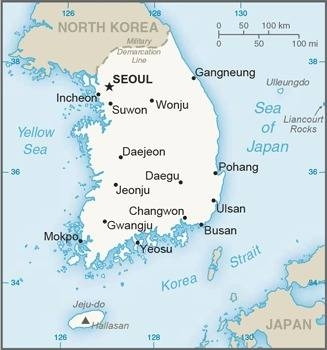
Locator map
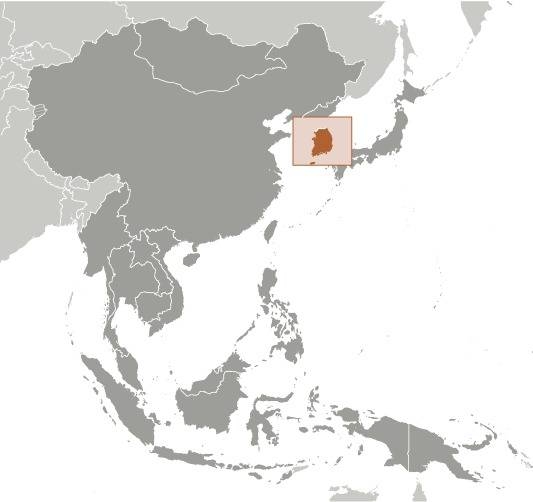
Flag
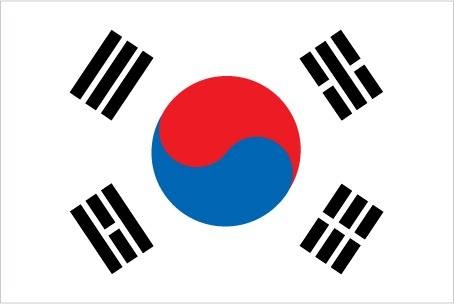
Capital: Seoul
Independence / foundation: Korea became the object of intense imperialistic rivalry between the Chinese (its traditional benefactor), Japanese, and Russian empires in the latter half of the 19th and early 20th centuries.
Following the Sino-Japanese War (1894-95) and the Russo-Japanese War (1904-1905), Korea was occupied by Imperial Japan. In 1910, Tokyo formally annexed the entire Peninsula. Korea regained its independence following Japan's surrender to the US and its allies in 1945.
Population: 52 million.
Currency: South Korean Won (KRW)
1 USD = 1,311 - 1,356 KRW
1 EUR = 1,431 - 1,468 KRW
Time zone: UTC+9
Languages spoken: Korean, English (widely taught in elementary, junior high, and high school).
Religions: Protestant 20%, Buddhist 15%, Catholic 8%, none 57%.
Climate: Temperate climate with rainfall heavier in the summer than in the winter, and cold winters.
Real GDP (ppp – purchasing power parity): $2.35 trillion.
Real GDP per capita (ppp): $45,600.
Main airports: Incheon International Airport, Gimhae International Airport, Jeju International Airport.
World heritage sites in South Korea
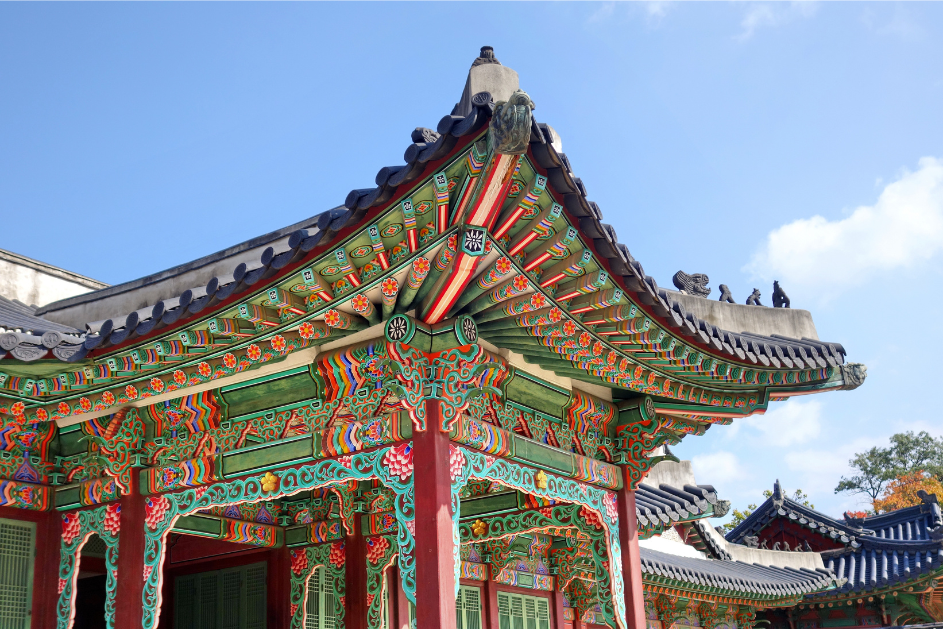
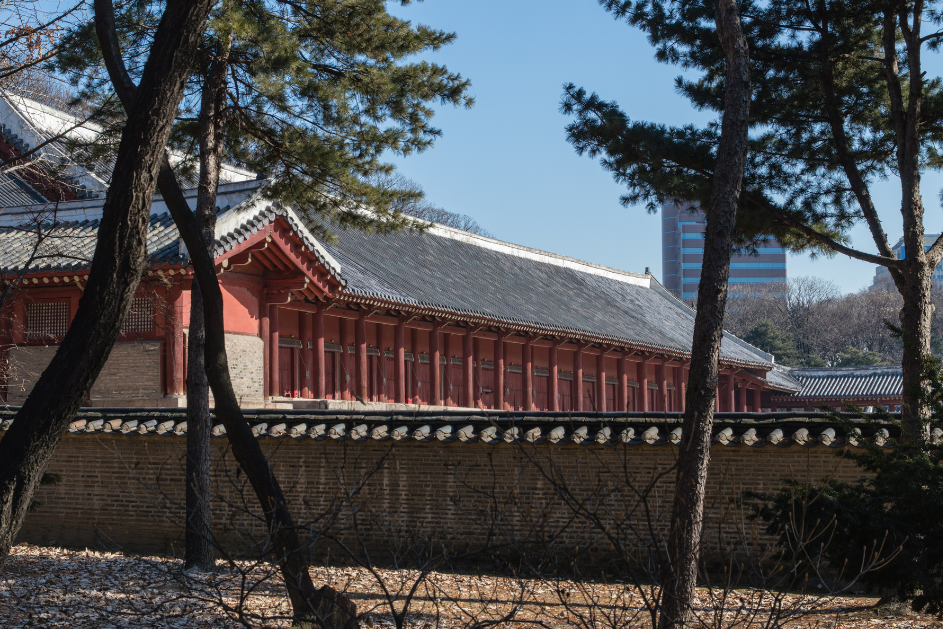
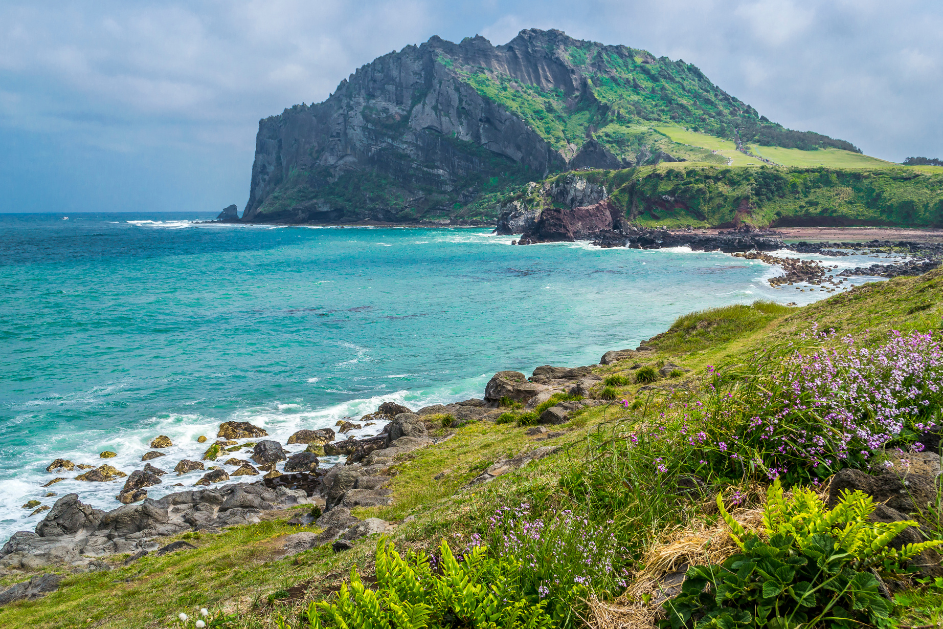
There are over 1,100 world heritage sites spread across more than 165 countries. New ones are added every year, and some may be removed from the list for various reasons.
Number of UNESCO listed sites: 16.
Top world heritage sites:
- Haeinsa Temple Janggyeong Panjeon, the Depositories for the Tripitaka Koreana Woodblocks.- Jongmyo Shrine.
- Seokguram Grotto and Bulguksa Temple.
- Changdeokgung Palace Complex.
- Hwaseong Fortress.
- Gochang, Hwasun and Ganghwa Dolmen Sites.
- Gyeongju Historic Areas.
- Jeju Volcanic Island and Lava Tubes.
- Royal Tombs of the Joseon Dynasty.
- Historic Villages of Korea: Hahoe and Yangdong.
- Namhansanseong.
- Baekje Historic Areas.
- Sansa, Buddhist Mountain Monasteries in Korea.
- Seowon, Korean Neo-Confucian Academies.
- Getbol, Korean Tidal Flats.
- Gaya Tumuli.
Interesting facts about South Korea
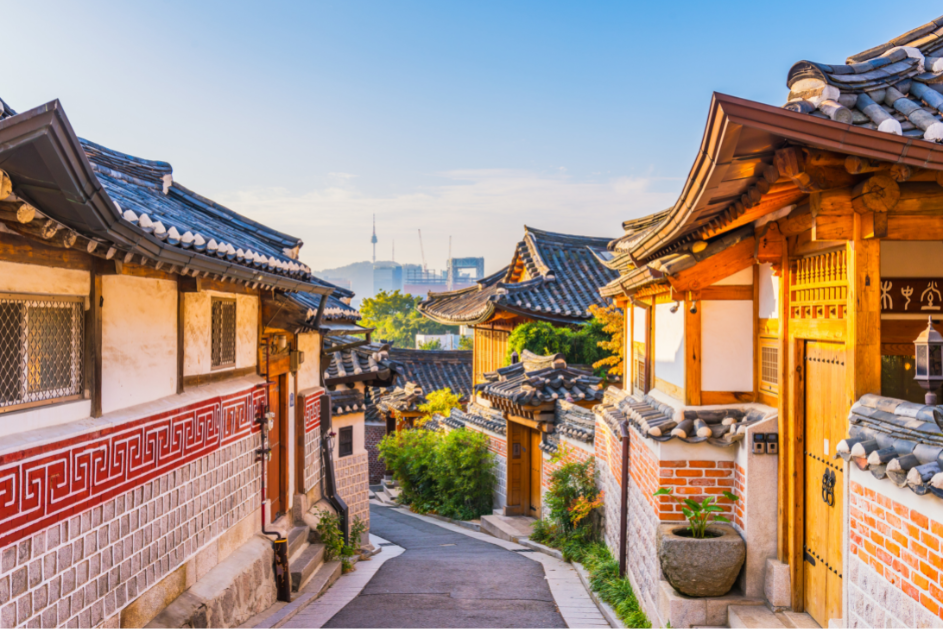
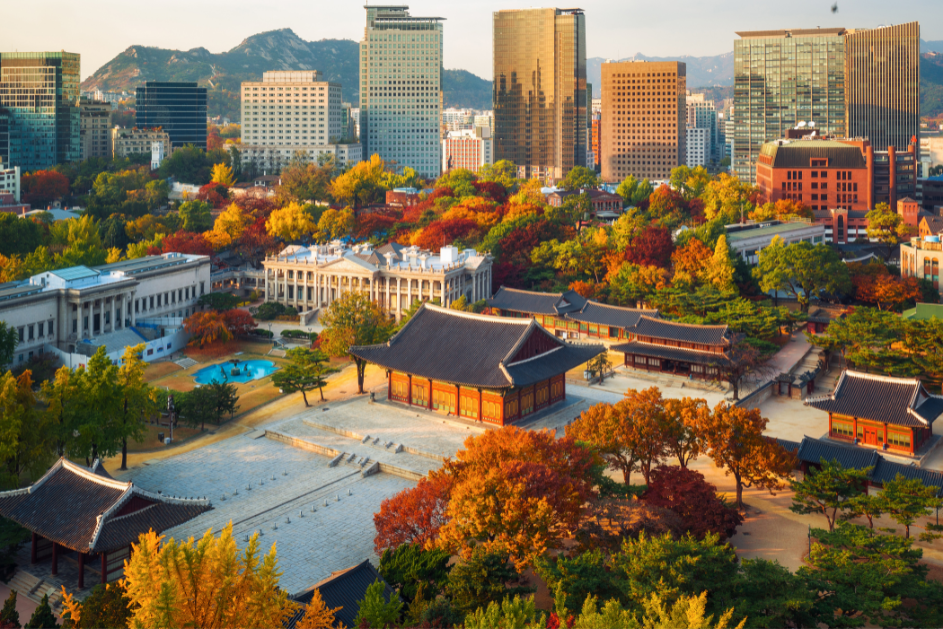
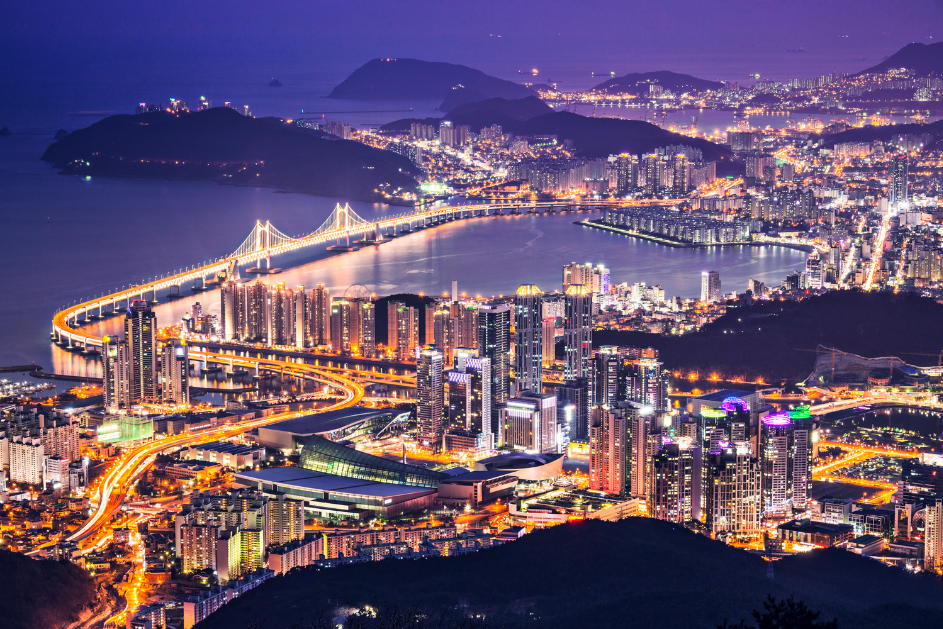
- Koreans love Kimchi and eat 57 pounds a year, the fermented cabbage, and have special fridges for them. No one knows the exact number but it is said that there are between 100-200 types of kimchi from cabbage and cucumber to radish and ginseng with different types and ages of fermentation (more on kimchi later). The practice of making kimchi, known as kimjang, has even been recognized by UNESCO as Intangible Cultural Heritage No. 133.
- South Korea is home to a sex-themed outdoor sculpture park called Jeju Love Land where the most bizarre statues ranging from raunchy to toungue-in-cheek are displayed. Seoul’s Love Museum is another option for all things sex if you can’t make it to Jeju. There is also a museum for poo in Korea called Poopoo Land.
- South Koreans have more plastic surgery procedures than anywhere else in the world per capita. Seoul is considered the “global capital of plastic surgery”.
- In South Korea you’re born as a one year old. This means that they count the months in the womb as part of your age so you’re actually a year older.
Further reading: https://www.onceinalifetimejourney.com/inspiration/30-facts-on-south-korea/
South Korea Travel tips
Socket type: C / F. Guide to socket types.
Weekend days: Saturday and Sunday.
Driving: Cars drive on the Right.
Local taxi apps: Uber, KakaoT.
Travel Guides: Lonely Planet.
Languages spoken: Korean, English (widely taught in elementary, junior high, and high school).
Basic words and phrases in the main language:
Hello: Ahn-nyong-ha-se-yoPlease: Jwe-song-ha-ji-mahn
Thank you: Gahm-sah-hahm-ni-da
Help: Dowa julsu isseuseyo
Learn more with our favorite learning app Mondly.
Find a hotel in South Korea
Booking.comBook tours and activities:
More about South Korea on Solo Female Travelers
Coming soon.Did you spot any errors? We do our best to keep this information updated and accurate, but things change. If you saw anything that is not right, let us know so we can fix it: [email protected].
About the Solo Female Travel Safety Index
Safety matters to solo female travelers, you told us so in our annual Solo Female Travel Survey, where year after year, women prove that this is their most important concern when traveling solo.
We wanted to do something about it, so we built these country-specific pages where you can find reviews and scores for 7 key variables affecting the safety of women traveling solo.
Variables
- Risk of scam
- Risk of theft
- Risk of harassment
- Attitudes towards women
- UK Travel Advisory
- US Travel advisory
- Global Peace Index (GPI)
Informing OSAC
The Solo Female Travel Safety Score is used by the Overseas Security Advisory Council for including safety concerns for women travelers in their country security reports; OSAC is a partnership between the U.S. Department of State and private-sector security community.
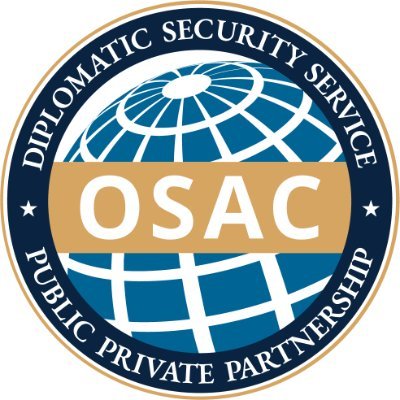
How to use the Safety Index
On this page, you will find the country score and the personal opinions on safety of other women traveling solo.
You can sort the comments by:
- The level of experience traveling solo of the reviewer (beginner = <5 trips solo, Intermediate = 5 to 10 trips solo, Experienced = >10 trips solo).
- The age of the traveler.
- Whether they are a visitor or local.
- The date they were posted.
The safety scores range from 1 to 4 with 1 being the safest and 4 being the most dangerous for solo female travelers.
Thus, the lower the score, the safer the country.
Looking for more safety resources?
This entire website is devoted to helping women travel solo. Check out the links below to learn more:
Solo Female Travel Stats: Results from the the largest, most comprehensive and only global research study on solo female travel trends, preferences and behaviors published.
Thanks to Jacobo Vilella for creating the Solo Female Travelers Safety Index ❤️






